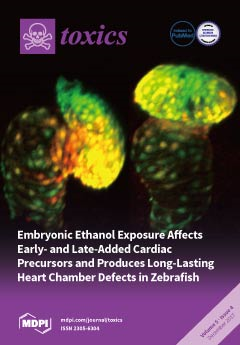Cassava is majorly processed into gari by smallholders in Southern Nigeria. During processing, large volume of effluents are produced in the pressing stage of cassava tuber processing. The cassava mill effluents are discharged into the soil directly and it drain into nearby pits, surface water, and canals without treatment. Cassava mill effluents is known to alter the receiving soil and water characteristics and affects the biota in such environments, such as fishes (water), domestic animals, and vegetation (soil). This study investigated the potential of
Saccharomyces cerevisiae to be used for the treatment of some physicochemical properties of cassava mill effluents.
S. cerevisiae was isolated from palm wine and identified based on conventional microbiological techniques, viz. morphological, cultural, and physiological/biochemical characteristics. The
S. cerevisiae was inoculated into sterile cassava mill effluents and incubated for 15 days. Triplicate samples were withdrawn from the setup after the fifth day of treatment. Portable equipment was used to analyze the in-situ parameters, viz. total dissolved solids (TDS), pH, dissolved oxygen (DO), conductivity, salinity, and turbidity. Anions (nitrate, sulphate, and phosphate) and chemical oxygen demand (COD) were analyzed using spectrophotometric and open reflux methods respectively. Results showed a decline of 37.62%, 22.96%, 29.63%, 20.49%, 21.44%, 1.70%, 53.48%, 68.00%, 100%, and 74.48% in pH, conductivity, DO, TDS, salinity, sulphate, nitrate, phosphate, and COD levels respectively, and elevation of 17.17% by turbidity. The study showed that
S. cerevisiae could be used for the treatment of cassava mill effluents prior to being discharged into the environment so as to reduce the pollution or contamination and toxicity levels.
Full article






